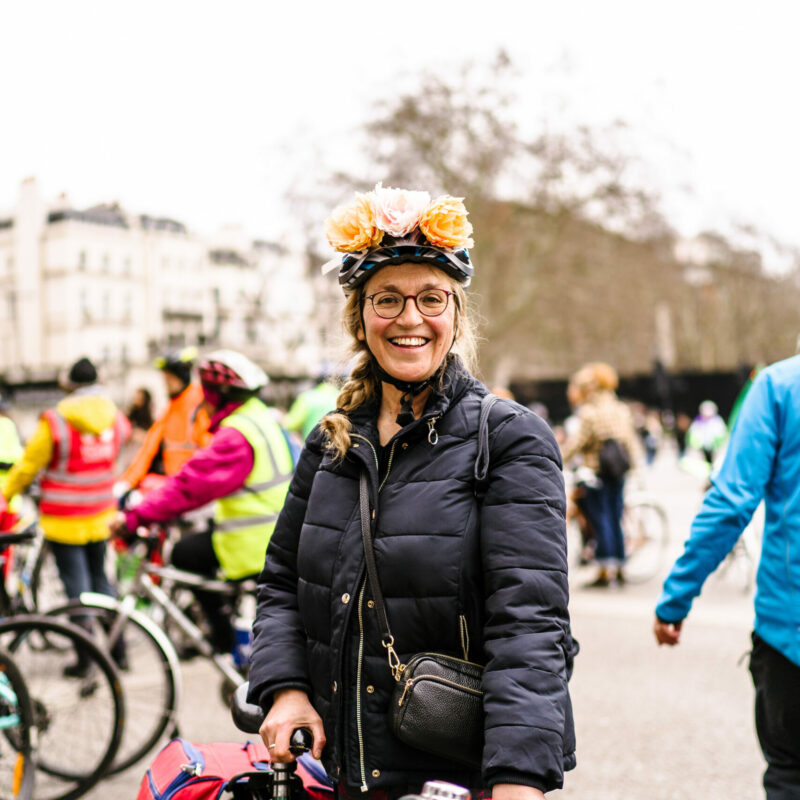

Here’s our top tips for finding your best route from A to B. Whatever the purpose of the journey, there are tools, people and groups here to help.
As with driving or catching the train, there is no one way to plan a route. Not all journeys have the same purpose and this will affect your route selection.
Everyday cycle trips fall broadly into categories, which will shape your choice of route:
1. Short local journeys to a specific place e.g. shops, work, restaurant, gym, family and friends etc
For this journey, you are probably not facing a tight deadline and you will probably want to prioritise the quietest and most pleasant routes. But because you are going somewhere specific it may include crossing a busy road or junction and you’ll want to know the best place to do this.
2. Journeys to work, usually out of your neighbourhood or into the city
You have a deadline for these journeys, you will be doing it regularly, so you want something that is both relatively quick but also not stressful. You might want to test it out on a weekend first when you’re not in a rush.
3. Journeys to appointments and you’re already running late!
You need the quickest route which you can easily remember without getting lost. You definitely don’t want to be stuck on the canal towpath at walking pace so maybe today is the day for the main roads – but quite often the backroads are just as quick because there are fewer traffic lights.
4. Leisure rides to check out the neighbourhood
You’re not in a rush and you’re not looking for a workout, so you want to choose routes which are quiet, take in nice locations and cafes and maybe discover some new hidden gems. Be prepared to take a chance on getting lost: you never know what you’ll find.
5. Longer rides for health, fitness and leisure
There are many subcategories of these rides: you might be more motivated in exploring than distance, or you might want find some steep hills to challenge yourself. You’re quite likely to want to go out of the city rather than into it. If you’re looking for a longer pleasure ride, rather than a specific route from A to B, visit our pre-planned rides page to find beautiful places to safely explore.
Whichever type of journey you are making, there are tools to help you become an expert pathfinder.
Transport for London have a good cyclemap on their website. Use ones labelled CS or C (don’t bother with the ones labelled Q). They have also mapped central London cycleways and Santander docking stations as of Spring 2023 (see below).
The Safe Cycle London Map takes it a step further and shows you good backstreet routes through Low Traffic Neighbourhoods as well as the big protected cycle lanes. This is run by volunteers linked to London Cycling Campaign and displays as an overlay on Google Maps.
For printed maps, see the ‘Books’ section below.
There are multiple mapping apps available, which generally let you choose between ‘easy’, ‘moderate’ or ‘fast’ journeys: the idea is they give you a gentle quiet route which may be longer; the quickest and shortest route which may take in the busiest roads, and then something in-between. It’s worth comparing each route and looking for bits you know before deciding. Remember these are put together by algorithms and they don’t necessarily know the best route. Experience will teach you the best way and which apps suit you.
Once you’ve decided which route to take, most platforms have an option to navigate to your destination like you would in a car with spoken and visual directions. There are fixings on the market (for example Quad Lock, the Bike Citizens silicon band fastener, and other similar systems) to attach your phone to your handlebars. You can also buy bespoke cycle navigation systems, but these essentially work in the same way.
London Cycling Campaign long-term member Jon Stone has done an amazing job riding and filming many safe routes around London, so you can watch his videos in advance to build your confidence, decide if you’d feel happy riding that way, and plan your own routes. We’ve shared an example of his most popular route from Richmond Park to Westminster below. There are nearly 100 other routes on Jon’s London Cycle Routes YouTube channel and a map of all Jon’s routes here.
There are not many physical maps on the market any more. This is partly because cycle infrastructure is changing so quickly that printed maps can’t keep up! (For some idea of how complex the history and evolution of cycle routes in London is, venture into Wikipedia…).
For people who prefer print, we recommend the latest version of Cycling London: More than 40 great routes with detailed mapping by our staff member Tom Bogdanowicz. This includes excellent cycling routes with maps for almost every borough in London.
For planning longer routes in outer London and beyond, we also love the first volume in Jack Thurston’s ‘Lost Lanes’ series which covers London and central England.
Cycle route signposting around London is not good enough to navigate using signs alone.
The cycle network in London is still being developed and quality of the signage is variable, with lots of routes having different names or signposted in different ways. In particular beware signs pointing in the ‘wrong’ direction – this could be the route is detouring away from a hazard, or it could just be the sign has accidentally been spun around.
In general, remember your basics: anywhere you see these signs, you’re good to go:
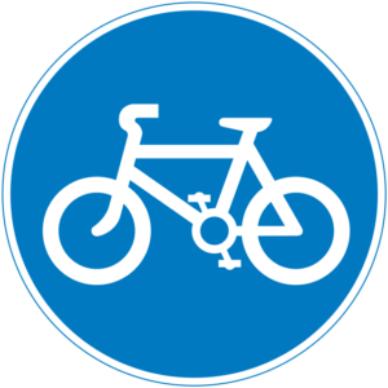
Bikes welcome!
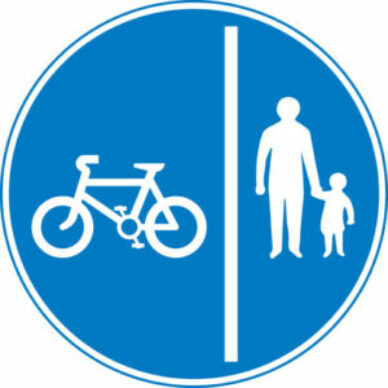
Shared area - bikes and pedestrians. Ride considerately.
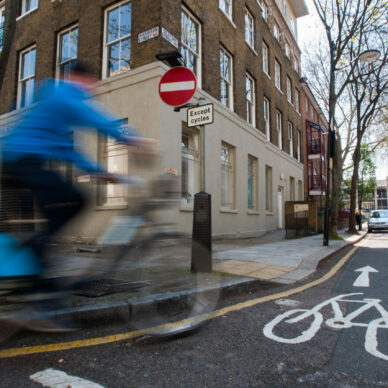
Painted bicycles indicate where you can cycle, including against motor traffic flow
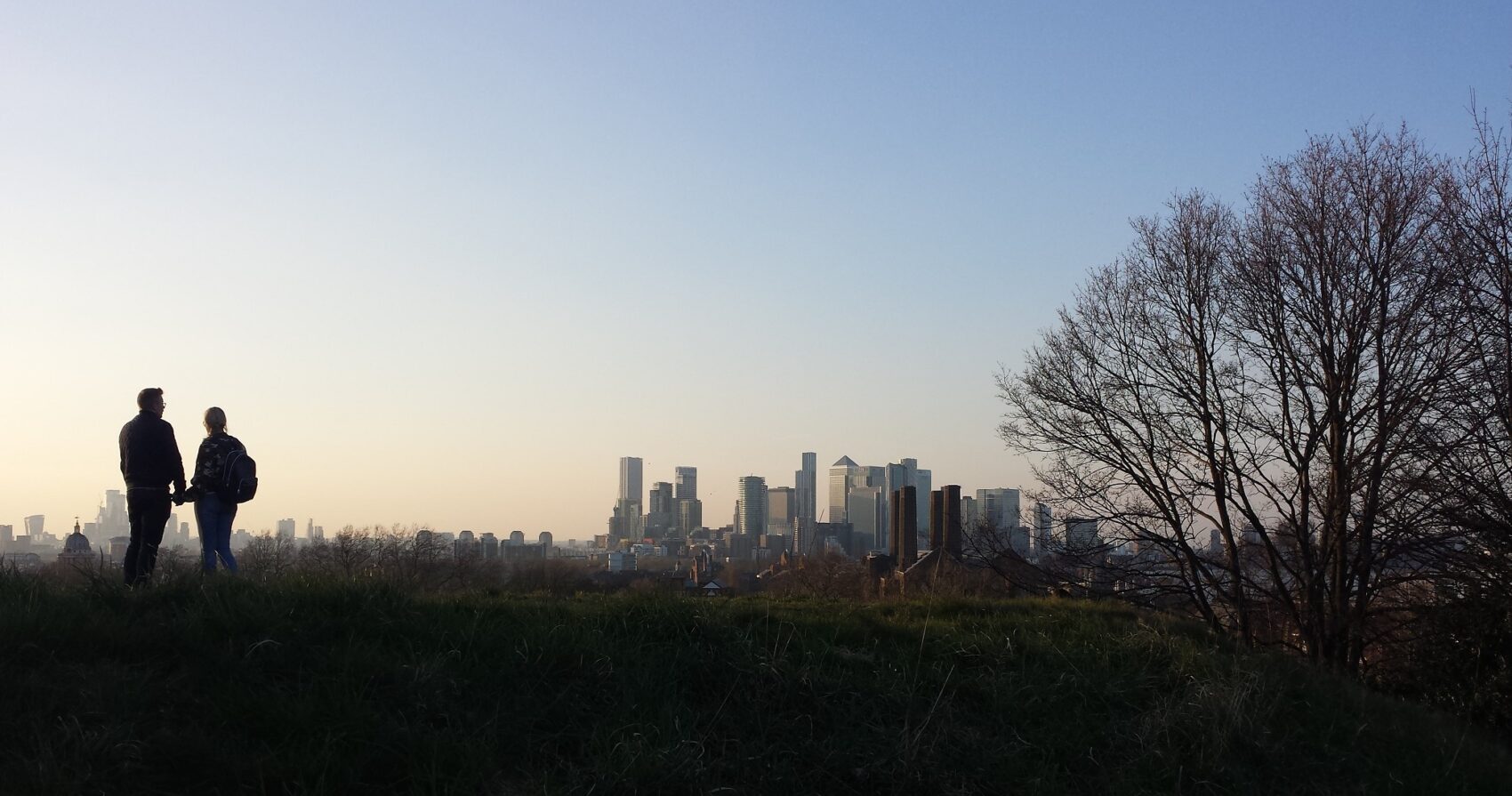


Once you’ve chosen your route, look at the map for places you recognise along the way e.g. supermarkets, town halls etc. Prepare a mental list of the points on the map that you can visualise the way to. Then put your phone in your pocket and set off. It’s quite likely you’ll make a mistake and you’ll have to stop and get your phone out to work out the route. But this way you will learn much more quickly and become more confident in knowing your way around.
Mike McSherry is London Cycling Campaign's lead cycle trainer

1. Friends and family
The best way to learn routes is to ride with someone who knows them or who is prepared to explore them with you. Ask a friend, family member, neighbour or work colleague to show you your neighbourhood by bike. You’ll learn where the bike shops are, new hidden-away shops, cafés and bakeries and other secret knowledge. Even if you’re going somewhere you know, you’ll almost always learn something by asking someone else to show you their route.
2. Cycle Buddies
If you don’t have access to that cycling knowledge, get a Cycle Buddy. We’ll pair you up with an experienced cyclist from your local area for help. They can do route planning with you as well as show you their best routes. Find out more about cycle buddies.
3. Cycle instructors
All London boroughs fund free adult one-to-one cycle training and this can be a great way to get route-planning help. The instructor will know your area extremely well and can help with tricky bits like crossing junctions. Most often, they’ll know a way of completely avoiding the bits of the journey which are causing you anxiety. At the same time they’ll teach you the best way to communicate with traffic, where to ride and what to avoid. Google ‘borough name + adult cycle training’ to get started.
4. Local LCC groups
Join a local London Cycling Campaign ride. You’ll learn the best routes around the neighbourhood and also meet a whole community of friendly local cyclists who have all the gossip on the best bike shops, free bike repair sessions and other cycle events in your area.
5. Cycling clubs
There are two sorts of cycle clubs – ones for people just starting out, and more sporty clubs for ‘serious’ routes.
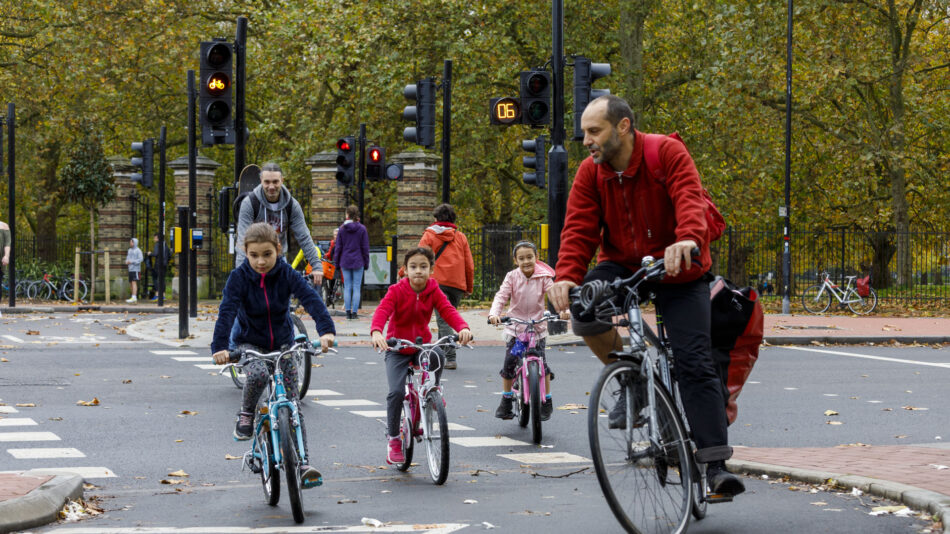
WANT MORE SAFE ROUTES?
We are campaigning for a network of safe cycle routes across all of London. Join London Cycling Campaign to add your voice, and benefit from our member's insurance, bike shop discounts, and more.
KEEP UP TO DATE
